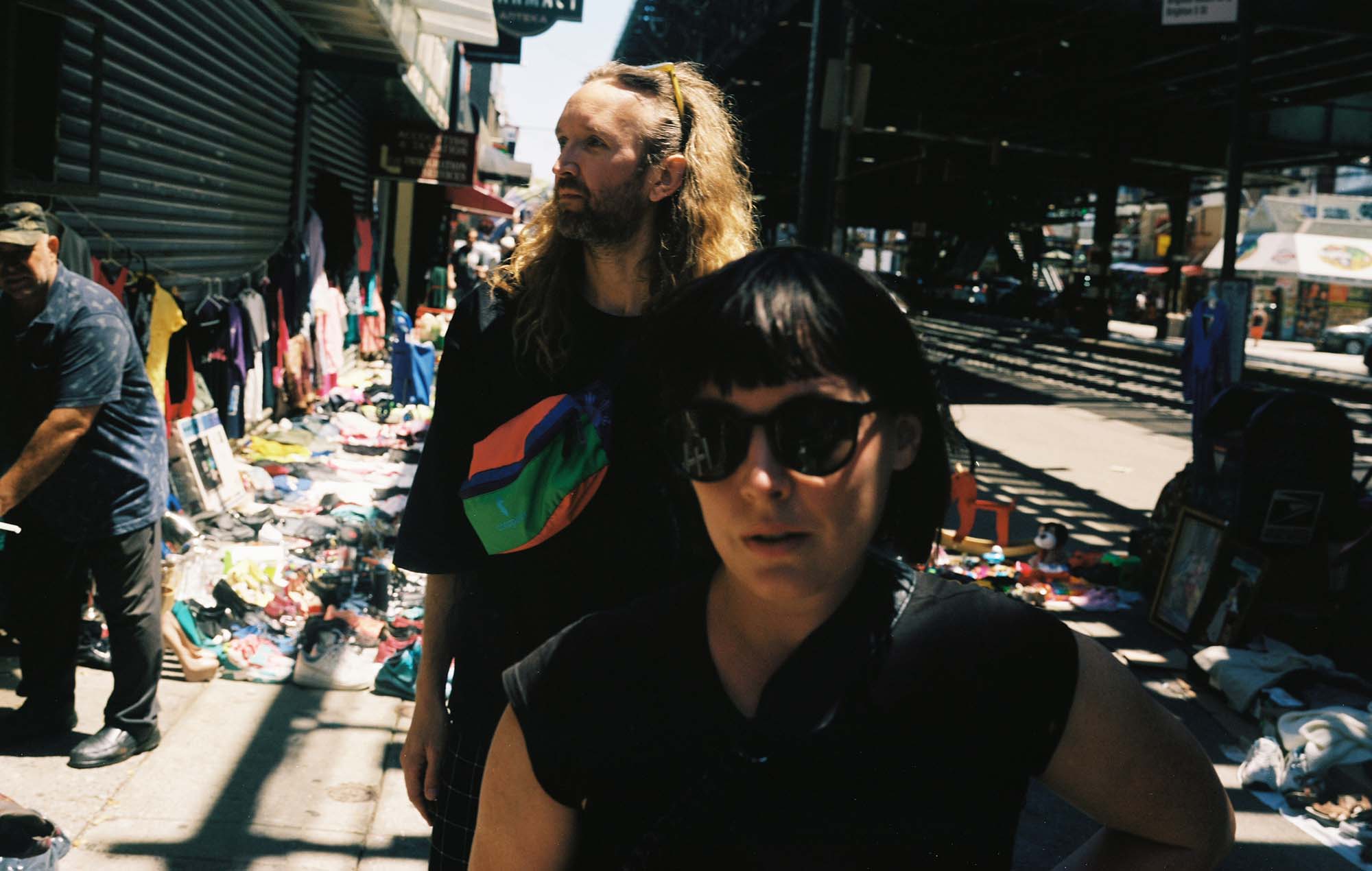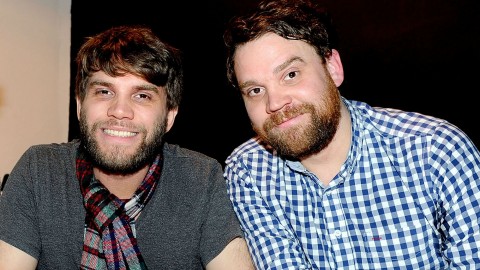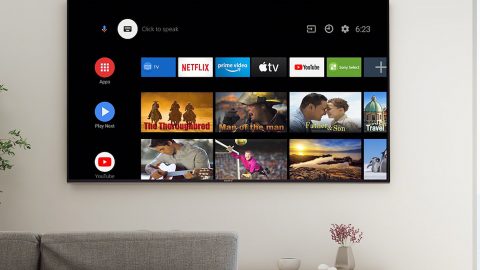
When Lollapalooza began in 1991, it was supposed to signify an ending. Founder Perry Farrell started the festival, which travelled over 20 spots across North America in its first year, as a means for Jane’s Addiction to celebrate their career and say goodbye to their fans on a high. Over 30 years later, with some ups and downs along the way, the event has put down roots in Chicago but also expanded, with international outposts of the festival blossoming all over the world.
- READ MORE: Every Lollapalooza line-up poster since 1991
Lolla’s – as it’s affectionately called by fans and bands alike – growth and journey over the last three-plus decades is one that’s changed the landscape for festivals in the US. It’s also inadvertently charted the ever-changing trends and mood of the zeitgeist in both the mainstream and the counter-culture.
Its first edition all those years ago was much smaller than the festival is now, with only seven acts on the bill versus over 100 today, but it represented the artists – like Siouxsie And The Banshees, Nine Inch Nails and Body Count – who existed outside of the status quo. Lolla didn’t just bring music with it, though, with the line-up bolstered by art, alternative “freak shows”, Shaolin monks, and political and environmental rallying, rounding it out as a cultural spectacular, not just a music festival.
As the then-two-day event continued through the mid-nineties, it coincided with alternative rock achieving mainstream status, pushed to the front by a rising wave of grunge artists led by Nirvana. That band were in talks to headline in 1994, but pulled out in April of that year, a day before Kurt Cobain was found dead. By the time 1997 came around, Farrell was no longer involved in the running of the festival and rock was back on a decline. The festival went on hiatus after the 1997 edition.

Six years later, Jane’s Addiction reunited and returned to the road, reviving Lollapalooza as they did so. In 2003, it still took the format of a touring festival, but would hit the road for the last year. After the festival was cancelled in 2004 for poor ticket sales, Farrell and his team revamped the event, turning it into a “destination festival” and taking up residence in Chicago’s Grant Park. In Lolla’s time away, the music industry had changed – the so-called “major markets” in the US where big audiences were practically guaranteed, were dwindling, making a touring festival make less and less financial sense.
“Coachella had risen up and they were in one location, so I thought, ‘For now, let’s find a destination – let’s pick the best destination that we can in America’,” Farrell told WGN in 2022. Chicago became the place of choice for numerous reasons, from its accessibility for people across America to the “liberal and open-minded” people who reside in the city. “Chicago is a place that I think affects and changes the world,” the founder added in an interview with Consequence in 2021. “It’s that crossroads thing where people come together want to know and be a part of each other.”
Since settling in Chicago, Lollapalooza has done nothing but bloom. To coincide with its 25th anniversary in 2016, it expanded to four days – something that has remained to be the case since. It now attracts 100,000 attendees a day and some of the biggest names in music as headliners, with an undercard of diverse and eclectic acts, from cult favourites to rising future stars.

Lolla might no longer be a touring festival but any hardened traveller will tell you it’s hard to anchor yourself to one place forever. In 2011, the event began to bring back its city-hopping tendencies, extending to other cities around the world. It kicked off with Santiago, Chile that year, adding Sao Paulo, Brazil to its roster a year later. By 2023, it counted Buenos Aires, Berlin, Sweden, Paris and Mumbai as its other outposts, with an attempted Tel Aviv edition announced but indefinitely postponed in 2013. The line-ups between each city varied, but the spirit of the festival touched each different location.
“Maybe we can’t go to everywhere in America but what about the world?” Farrell questioned while speaking with WGN. “The world has changed in that borders aren’t so important anymore.”
As well as physically taking place in locales around the world, Lollapalooza has also become emblematic of the globalisation of culture, crafting line-ups that feel rooted not just in America or the West, but bringing together artists, scenes and sounds from across the planet. You only need to look at this year’s line-up for proof of that – headliners include Colombian star Karol G and K-pop icons Tomorrow X Together, while the rest of the bill features everything from Indonesian singer-songwriter NIKI, Argentinian indie band Usted Señalemelo, Korean rap and R&B from DPR Ian + DPR Live, and much more.

“It’s not very hard for me to be inclusive because I love all races,” Farrell explained to NME in 2019. “I don’t just say that. I love seeing different sizes, shapes, colours, dances, muses – that’s truly what makes the world go around. Having that and studying that difference pushes you to go forward and see what they’re up to. I get no greater joy than being at Lollapalooza.”
While times are hard for live music events post-pandemic, the future of Lolla looks bright. Last year, the city of Chicago extended the agreement to keep the festival in Grant Park for another 10 years and, with each new bill, the festival – at present, at least – continues to strike the balance between crowd-pleasing faves and curating opportunities of discovery. Farrell, certainly, has never seemed to have lost his enthusiasm for the event since bringing it back this century.
“I look at it like I’m trying to create a social gathering where people can feel like they were at the right place at the right time and they can brag about it and they can tell their kids and their grandkids about it, they can meet the love of their life there and they can find out and discover who the hell they are there,” he told Red Bull in 2014. “It’s a rite of passage. I wanna be among the comrades – the hip, the cool, the now; those that are forging our future.” Long may Lollapalooza continue to unite those special artists.
The post A brief history of Lollapalooza, from touring carnival to a global network of festivals appeared first on NME.










